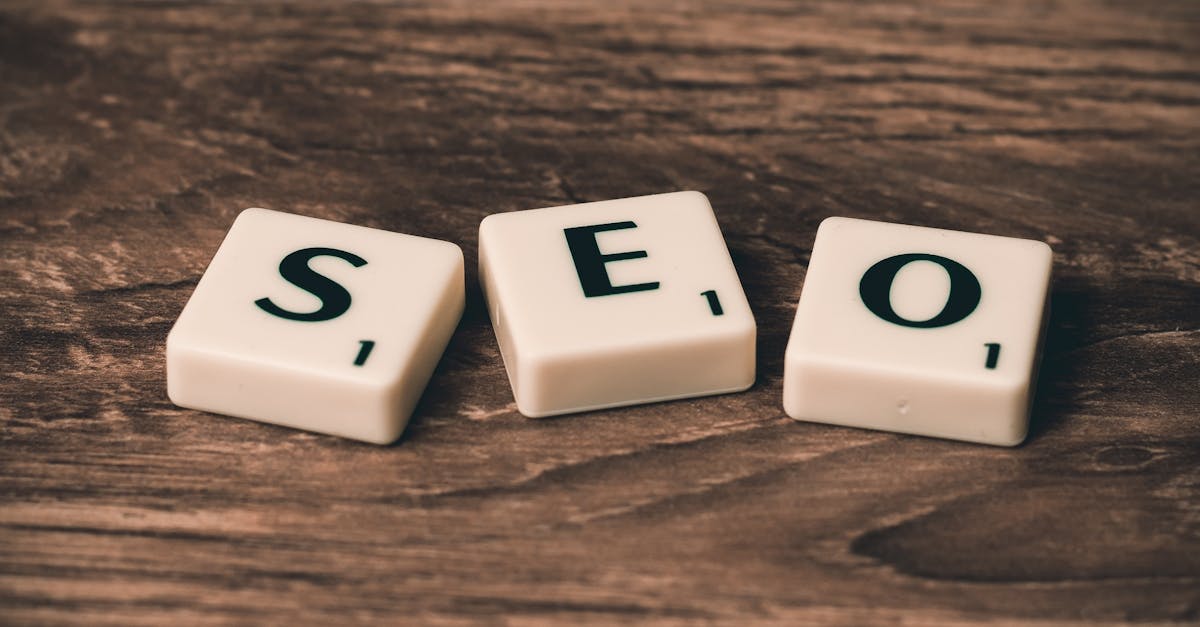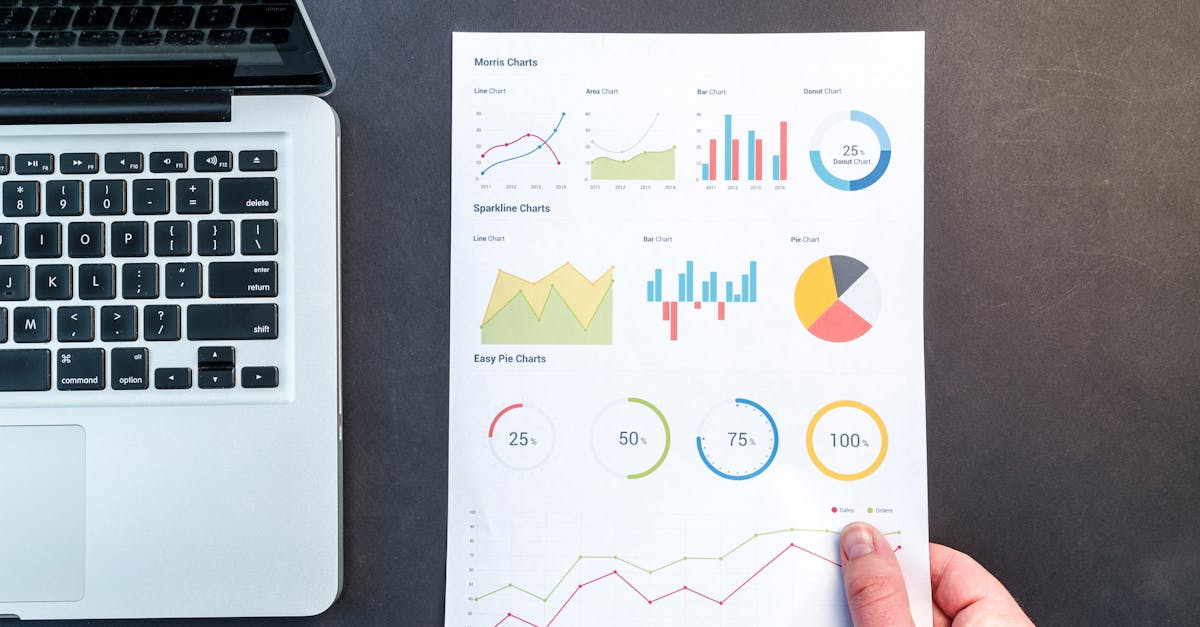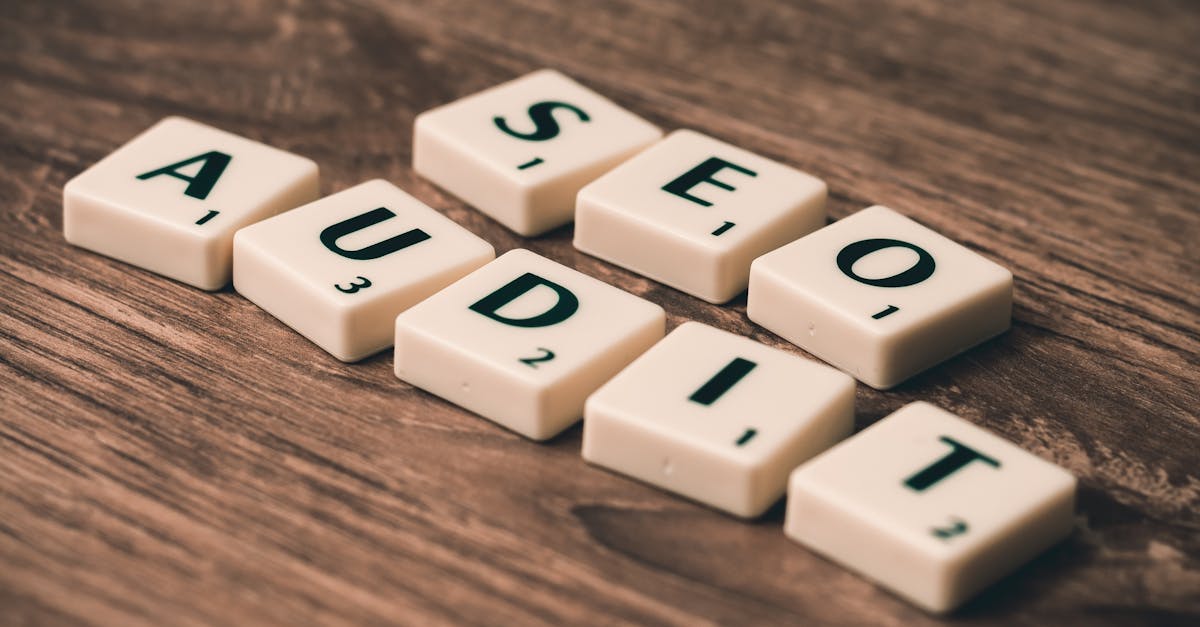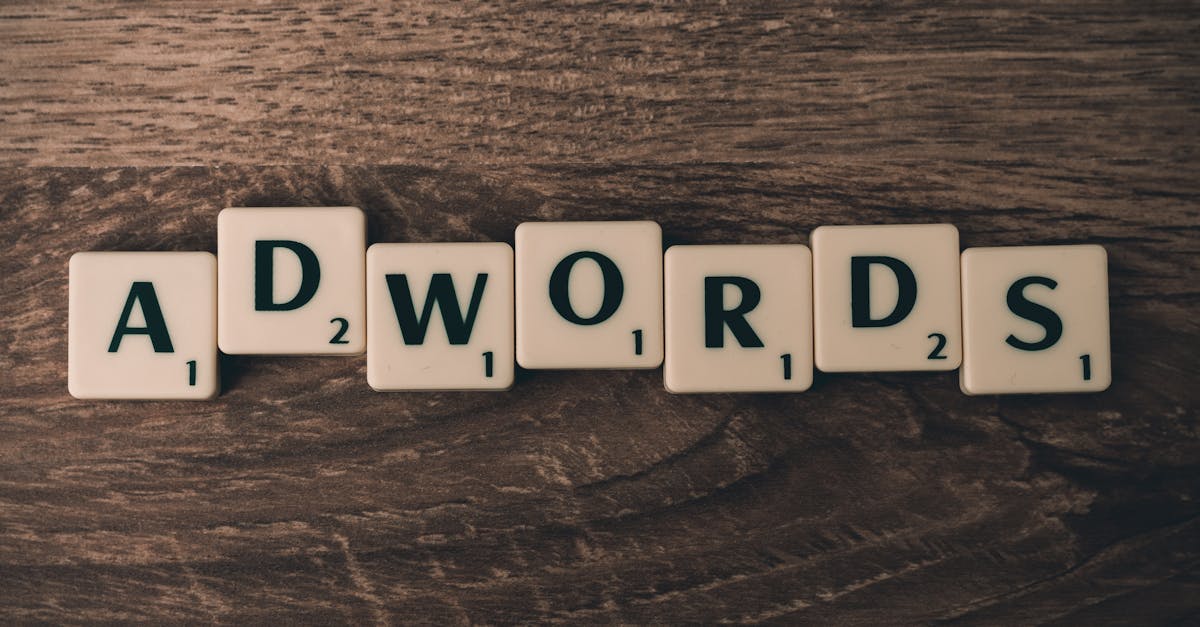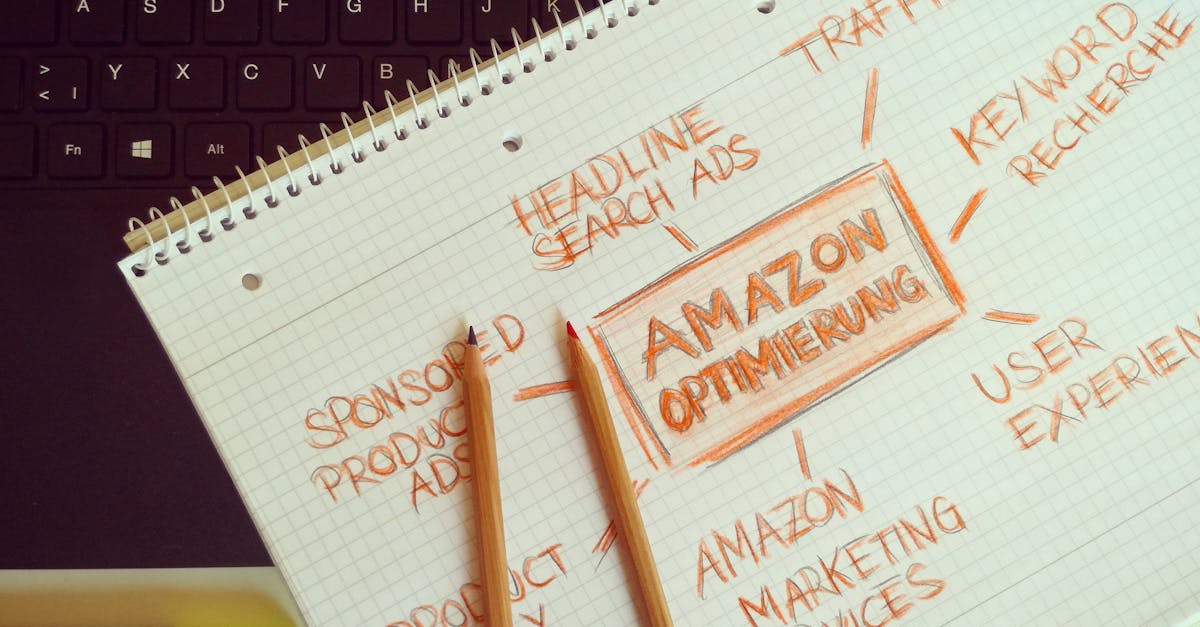
Table Of Contents
Incorporating Headings Strategically
Headings play a crucial role in Search Engine Optimization (SEO) as they help search engines understand the structure and content of a webpage. By using headings effectively, you can emphasise important topics and guide users through your content more intuitively. The H1 tag should be reserved for the main title of your page, giving a clear indication of what the content is about. H2 and H3 tags serve to further organise your content into subsections, making it easier for visitors to scan and find the information they are looking for.
Utilising headings strategically can improve user engagement and reduce bounce rates, both of which are favourable signals for search engines. Implementing relevant keywords within your headings not only aids in SEO but also enhances the relevance and context for readers. It is essential to avoid over-optimising or stuffing keywords, as this can negatively impact readability and user experience. A well-structured heading hierarchy contributes significantly to both SEO performance and overall site usability.
Using H1, H2, and H3 Tags Effectively
Utilising H1, H2, and H3 tags effectively is a crucial aspect of Search Engine Optimization (SEO) for your homepage. The H1 tag serves as the main title of your page, clearly communicating its primary focus. It is essential to include your target keyword in this tag, as search engines prioritise the information within it. H2 and H3 tags play complementary roles, enabling you to organise content into manageable sections. This hierarchy not only enhances readability for users but also aids search engines in understanding the structure of your content.
When applying these headings, ensure that they flow logically and are relevant to the content that follows. Each H2 should introduce a new segment related to your main topic, while H3 tags can be used for subsections within those segments. Consistent use of these tags helps in building a well-structured webpage that can improve your site’s visibility in search results. Remember, it is not just about ranking higher but also about creating an engaging experience for visitors, which in turn, positively influences your Search Engine Optimization (SEO) efforts.
Enhancing User Experience
User experience plays a vital role in Search Engine Optimization (SEO) strategies. A website that is easy to navigate keeps visitors engaged and encourages them to explore deeper. When users can find what they are looking for quickly, they are more likely to stay longer and return in the future. A well-organised layout, intuitive menus, and clear calls to action all contribute to an improved user experience.
Fast loading times and mobile responsiveness are critical elements of a user-friendly website. Pages that load slowly can frustrate users, leading to increased bounce rates and decreased rankings in search results. Likewise, with a growing number of users accessing the web via mobile devices, ensuring that your website is optimised for various screen sizes can enhance overall accessibility and satisfaction. Implementing these features not only benefits visitors but also supports your Search Engine Optimization (SEO) efforts by improving visibility and engagement.
The Importance of Fast Loading Times and Mobile Responsiveness
Fast loading times are crucial for retaining users on a website. Studies show that if a page takes too long to load, visitors are more likely to abandon it. Search engines like Google also factor loading speed into their ranking algorithms, meaning that a slow website may struggle to appear near the top of search results. A good user experience hinges on this aspect, influencing not only bounce rates but also overall site engagement.
Mobile responsiveness has become equally important due to the increasing number of users accessing the internet via smartphones and tablets. Websites that are not optimised for mobile can turn away potential customers and diminish the effectiveness of your Search Engine Optimization (SEO) efforts. Ensuring that your website is mobile-friendly can help improve usability, which in turn may lead to higher rankings in search engine results and better visibility for your brand.
Utilising Internal Linking
Internal linking plays a crucial role in enhancing a website's structure and usability. By connecting related content through hyperlinks, you guide users towards valuable information. This not only improves navigation but also encourages visitors to spend more time on your site, which can positively affect your Search Engine Optimization (SEO) efforts. Each link you create helps search engines understand the relationships between different pages, contributing to a more comprehensive indexing process.
Moreover, a well-thought-out internal linking strategy can distribute link equity throughout your site. Pages that receive more internal links typically rank better in search results, as search engines view them as more important. Incorporating relevant anchor text in your internal links can further enhance this aspect of Search Engine Optimization (SEO). Consistency and relevance in your linking practices will lead to a more user-friendly experience while simultaneously boosting your site's visibility in search engines.
How to Create a Cohesive Navigation Structure
A cohesive navigation structure is essential for both user experience and Search Engine Optimization (SEO). It allows visitors to easily find information and encourages them to spend more time on the website. A well-organised navigation menu should clearly reflect the hierarchy of the content. Categories and subcategories should be logically placed to ensure users can anticipate where to find relevant sections. Consistent labels and straightforward pathways enhance usability, guiding users intuitively throughout the site.
Incorporating internal links within your content also strengthens navigation and boosts Search Engine Optimization (SEO). These links connect different pages of your site, helping search engine bots crawl your website more efficiently. By strategically placing links within relevant content, you can lead users to discover more about the topics they are interested in. This approach not only improves site navigation but also increases the likelihood of users engaging with multiple pages, thereby reducing bounce rates and heightening the overall effectiveness of the site.
FAQS
What is the importance of using headings in SEO for my homepage?
Headings help structure your content, making it easier for both users and search engines to understand the main topics of your page. Using H1, H2, and H3 tags effectively allows you to highlight key areas and improve your site's SEO.
How can I improve the loading speed of my homepage?
You can enhance loading speed by optimising images, minimising code (HTML, CSS, JavaScript), using browser caching, and choosing a reliable hosting provider. Fast loading times contribute to better user experience and SEO rankings.
What role does mobile responsiveness play in SEO?
Mobile responsiveness is crucial as Google prioritises mobile-friendly sites in its search results. A responsive design ensures that your homepage looks and functions well across all devices, improving user experience and boosting SEO.
How do internal links benefit my homepage’s SEO?
Internal links help distribute page authority across your site, guiding users to related content and improving navigation. This can lead to longer visitor engagement and a better overall site structure, which are beneficial for SEO.
What is a cohesive navigation structure, and why is it important?
A cohesive navigation structure allows users to easily find information on your website. It helps search engines crawl your site more effectively, enhancing the overall user experience and positively impacting your SEO efforts.







